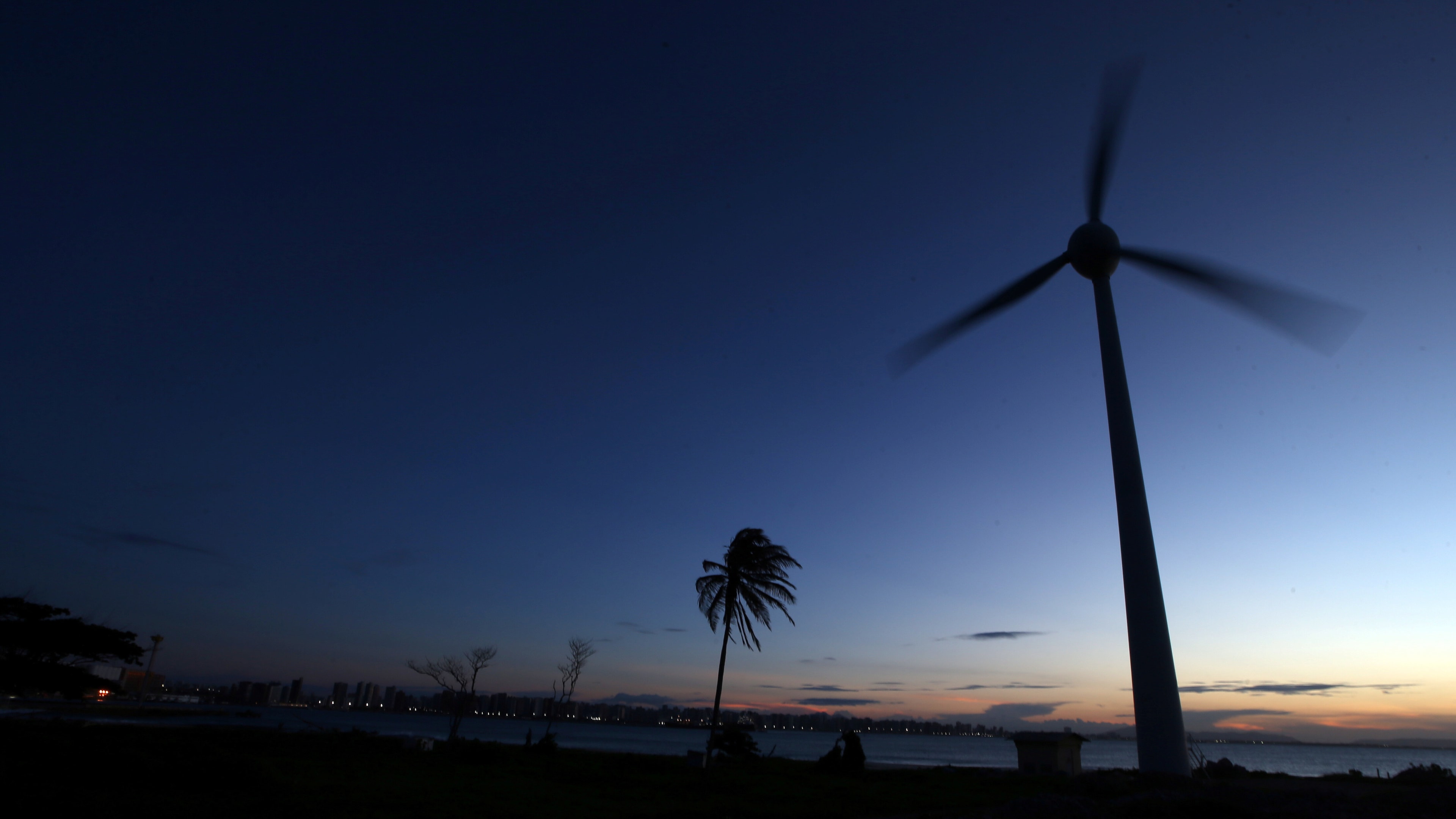Microplastics have been found in Rocky Mountain rainwater
Multicoloured plastic fibres, as well as tiny beads and shards are being found in rainwater samples.
Image: REUTERS/Mark Blinch
Stay up to date:
Climate Crisis
Scientists have found tiny plastic particles in rainwater samples taken from the Rocky Mountains.
Their discovery, set out in a new US Geological Survey (USGS) study titled It is Raining Plastic, adds to growing evidence that microplastics are polluting some of the remotest places on Earth, from the deep ocean to mountaintops.
What is the World Economic Forum’s Sustainable Development Impact summit?
The study’s lead author Gregory Wetherbee, a USGS research chemist, told The Guardian he had been collecting rainwater samples in Colorado to study nitrogen pollution.
To his surprise, when he analyzed the samples under a microscope he found more than 90% of them contained multicoloured plastic fibres, as well as tiny beads and shards.
The samples came from eight sites along Colorado’s Front Range, varying from urban areas around Denver and Boulder to a spot 3,159 metres above sea level in the Rocky Mountain National Park.
The USGS scientists aren’t certain how the bits of plastic got into Colorado’s rainwater, but they called for better methods for measuring microplastics and their potential effects on plant and animal life.
Microplastics are everywhere
Microplastics – defined as less than 5 millimetres long – have been found in marine ecosystems, waste and fresh water, the air, food and in the stomachs of animals and people.
Scientists estimate the average American may be eating 50,000 tiny plastic particles a year, and inhaling around the same amount again, although the potential health effects of this are not yet clearly understood. The World Health Organization has called for more research into their impact, while noting that they don't appear to post a health risk at current levels.
Some microplastics are released directly into the environment as tiny particles: for example, microfibres from clothing, fragments from car tyres and microbeads in facial scrubs. Others originate from the breakdown of larger plastic items, such as bags and bottles.
What is Loop?
Earlier this year, researchers discovered microplastics in a remote area of the French Pyrenees mountain range. Though unable to pinpoint the source of the contamination, the study showed the particles may have travelled over a distance of up to 95 km.
As well as being found in remote parts of the Pyrenees and the Rockies, microplastics are turning up in other areas considered to be pristine wilderness, such as in Arctic sea ice and even in the Mariana Trench, 7,000 metres below the surface of the Pacific Ocean.
Don't miss any update on this topic
Create a free account and access your personalized content collection with our latest publications and analyses.
License and Republishing
World Economic Forum articles may be republished in accordance with the Creative Commons Attribution-NonCommercial-NoDerivatives 4.0 International Public License, and in accordance with our Terms of Use.
The views expressed in this article are those of the author alone and not the World Economic Forum.
Related topics:
Forum Stories newsletter
Bringing you weekly curated insights and analysis on the global issues that matter.
More on Climate ActionSee all
Tom Crowfoot
August 20, 2025
Charlotte Edmond and Rebecca Geldard
August 19, 2025
Yufang Jia and William Jernigan
August 18, 2025
Jürgen Karl Zattler and Adrian Severin Schmieg
August 18, 2025
Piyush Verma
August 18, 2025
Andrea Willige
August 15, 2025





